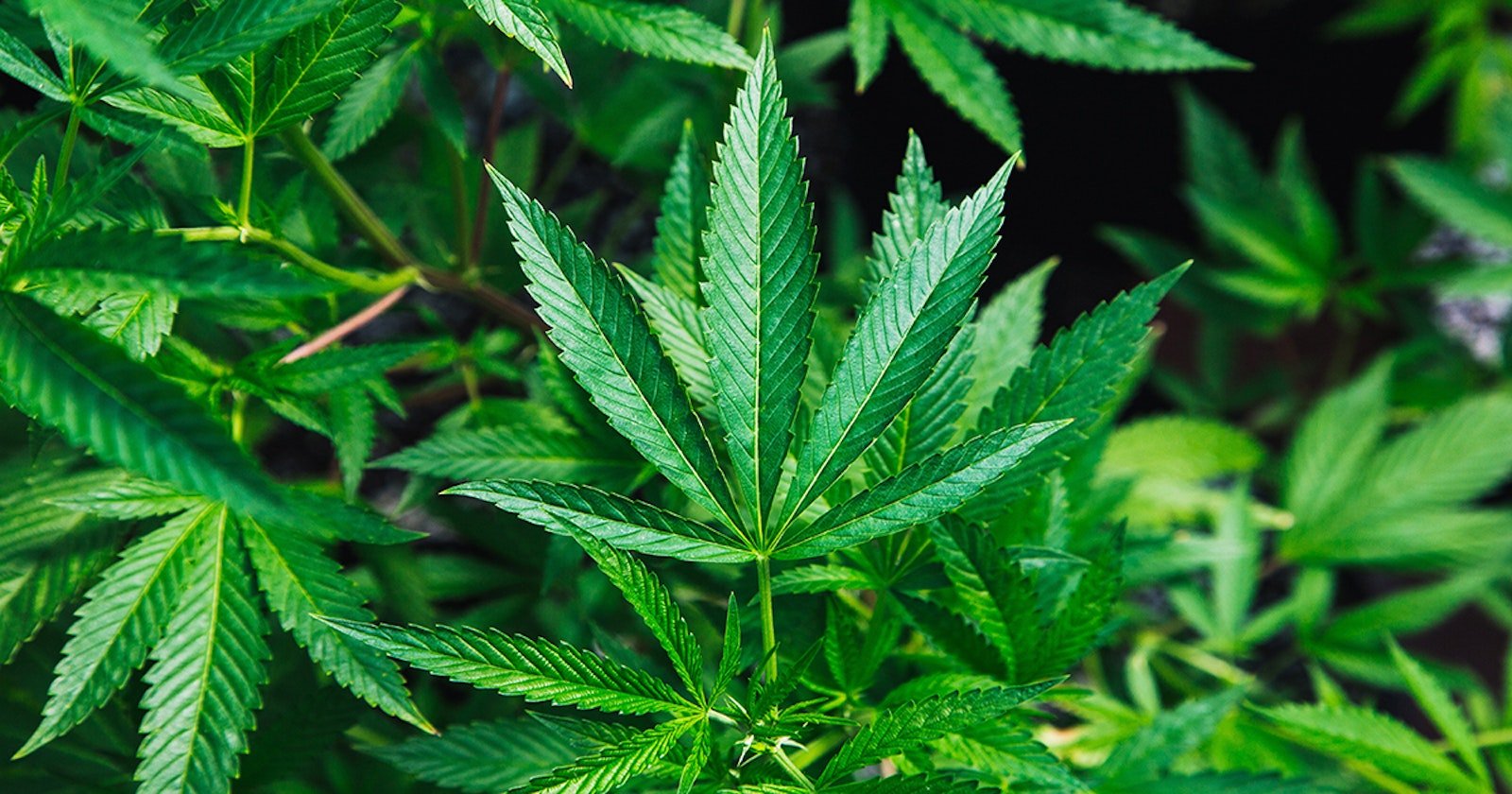Hemp is a truly amazing plant<. It grows fast, requires very little water and is easily grown without pesticides. Different parts of the plant can be used for soaps, paper, building materials, and, most importantly for us, textiles. Hemp was also illegal to grow in the United States for more than 80 years, but now, thanks to the 2018 Farm Bill, it is finally legal again to grow.
A variety of hemp yarn. Photo by Joe Coca.
What the 2018 Farm Bill does is make a distinction between marijuana and hemp. While the two are both cannabis plants, they’re about as similar as are Chihuahuas and Great Danes. Hemp plants do not have a high concentration of THC, the chemical in marijuana that causes consumers to experience a high. In order to be classified as hemp, the plant cannot contain more than .3 percent of THC. Marijuana remains illegal under federal law, but farmers are once again legally able to grow hemp.
Unfortunately, this does not mean anyone anywhere can grow hemp—it is highly regulated and farmers who want to grow hemp need a license, and the licensing plan must be submitted to and approved by the U.S. Department of Agriculture. If you are looking forward to adding hemp to your fiber garden, you’ll probably be out of luck for now.
The good news is that even with all these regulations, we’ll be seeing an uptick in American-grown hemp. Previously, viable hemp seeds were not allowed in the United States—if you’ve ever purchased hemp seeds from your health store, they’ve been rendered completely inert, so you couldn’t grow them if you wanted to. (They are, by the way, mighty tasty when toasted.) Now, farmers are able to import and cultivate seeds legally, which is all very exciting. And, even more exciting, they can use those seeds to grow hemp.
Hemp lace towels by Robyn Spady from Handwoven March/April 2012.
Hemp is a bast plant, which means the fiber is processed similarly to linen, and it has many similar qualities as linen. Hemp yarn is sturdy and will weave up projects that last. It’s also wonderfully absorbent, so it makes excellent towels, such as the lace towels woven by Robyn Spady in our March/April 2012 issue. Also, it’s soft and lightweight, so it makes good summer clothing.
Frankly, I’m giddy thinking about all the exciting new yarns—100 percent hemp and hemp blends—that will, hopefully, come to the market and the Handwoven projects that will follow. And if there are updates to the law, we’ll make sure to let you know.
Happy Weaving!
Christina



